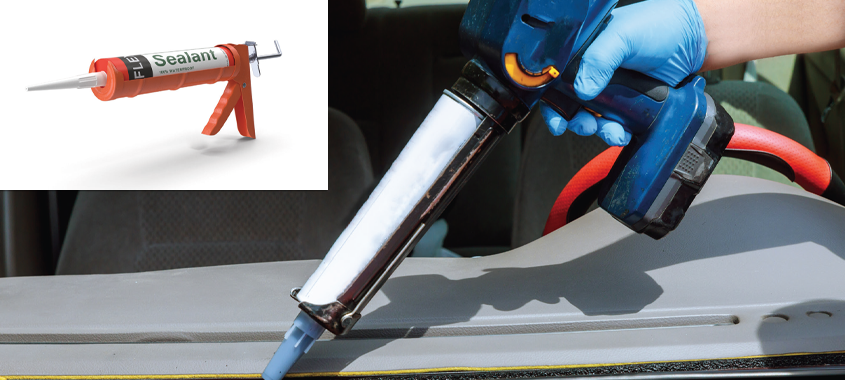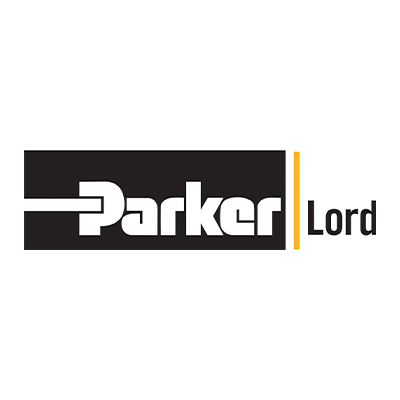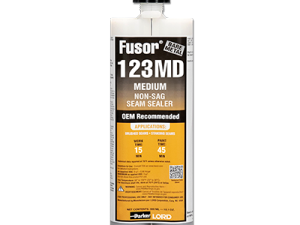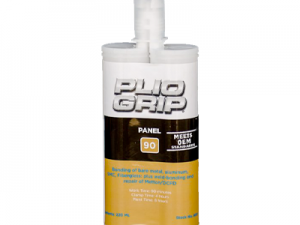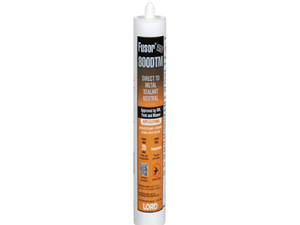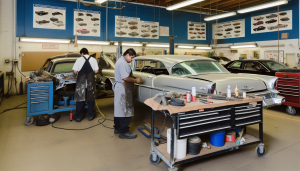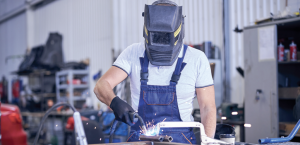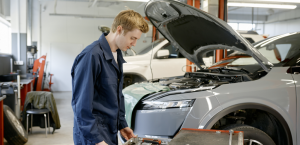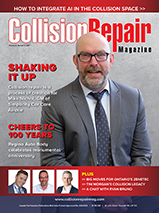SOLVING STICKY SITUATIONS
ADHESIVES THAT HELP KEEP IT TOGETHER
Our industry functions at its best when all its parts are sticking together—a frame doesn’t mean much if there aren’t panels welded onto it, nor does a paint job without a proper sanding done beforehand.
The glass and plastic components on our vehicles are no different, and they have much more specific needs than the methods of heat and metal we are traditionally used to. Proper adhesives are crucial in ensuring that all of those tiny, seemingly minute features you spend your extra dollars upgrading your trim level for are affixed and functioning correctly.
Adhesion technology is in many ways the last line of defence for many driver safety features, while unfortunately also often being the first thing to fail when held to the fire, so to speak.
Just last year, Ford faced a recall that forced the legacy automaker to take 7,000 of its F-series trucks off the road due to faulty windshield adhesives that could allow the glass to slip out of place while driving. No accidents or injuries were attributed to the defect, but imagine you’re driving down the highway at 100km/h and it occurs to you—a small layer of glue is all that keeps that 30 lbs. slab of glass from crashing down on top of you.
To this end, fellow automaker Volvo has issued a number of position statements cementing the company’s approach to adhesive and its insistence on the use of first-party adhesive kits in order to guarantee the efficacy of their glass.
Additionally in 2020, General Motors developed an epoxy-based adhesive that would allow its engineers to integrate different steels and aluminum parts to the Cadillac CT6 without compromising their integrity, showing the way that a simple change in the makeup of an adhesive can open new opportunities for auto body innovation.
The coming pages will show off the many other ways that the automotive adhesives sector is subtly, but substantially changing what is possible in the auto body and collision repair spaces.
-
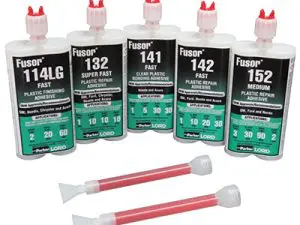
Fusor Repair Adhesives
Read more0 out of 5 -

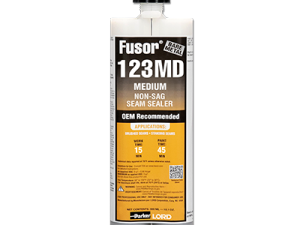
Fusor® 123MD Non-Sag Seam Sealer (Medium)
Read more0 out of 5 -

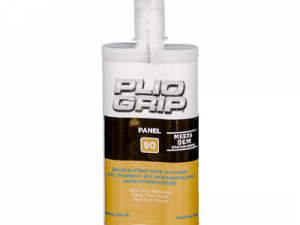
Pliogrip Adhesives
Read more0 out of 5 -

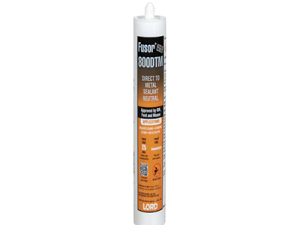
Fusor 800DTM Seam Sealer
Read more0 out of 5



